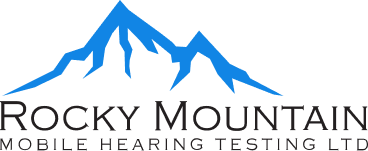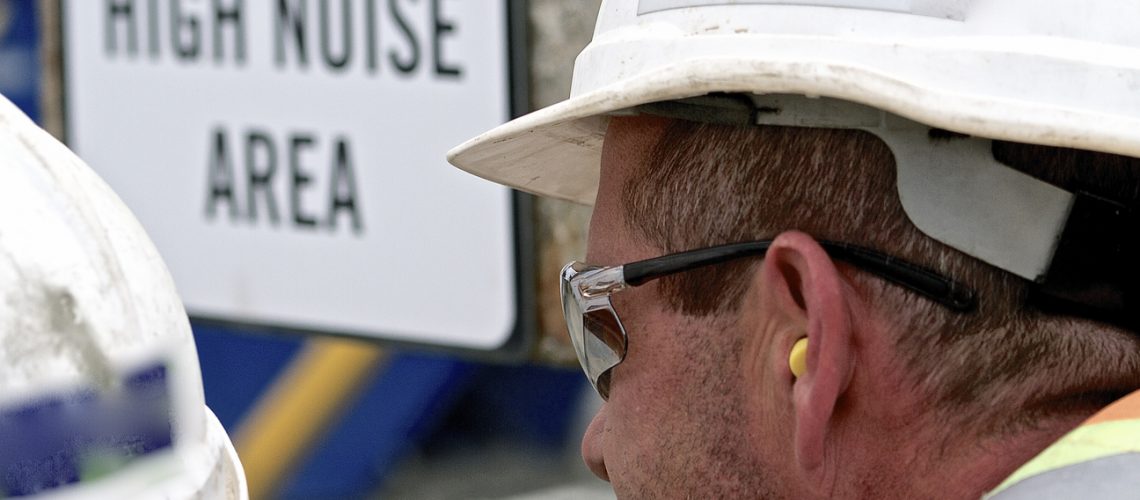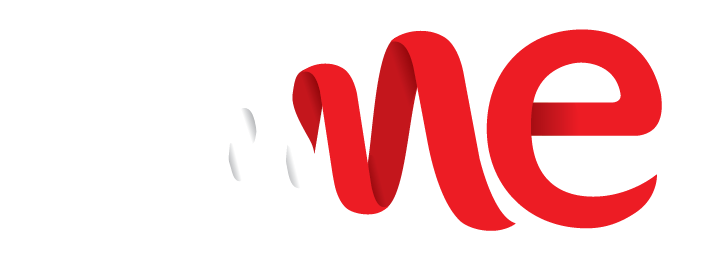Many steps go into building your company’s hearing conservation program. Below, we have given a brief overview of each step and how to approach them. For more information, consider reading this post from Work Safe Alberta that outlines the requirements in more detail.
The Steps to Building a Hearing Conservation Program
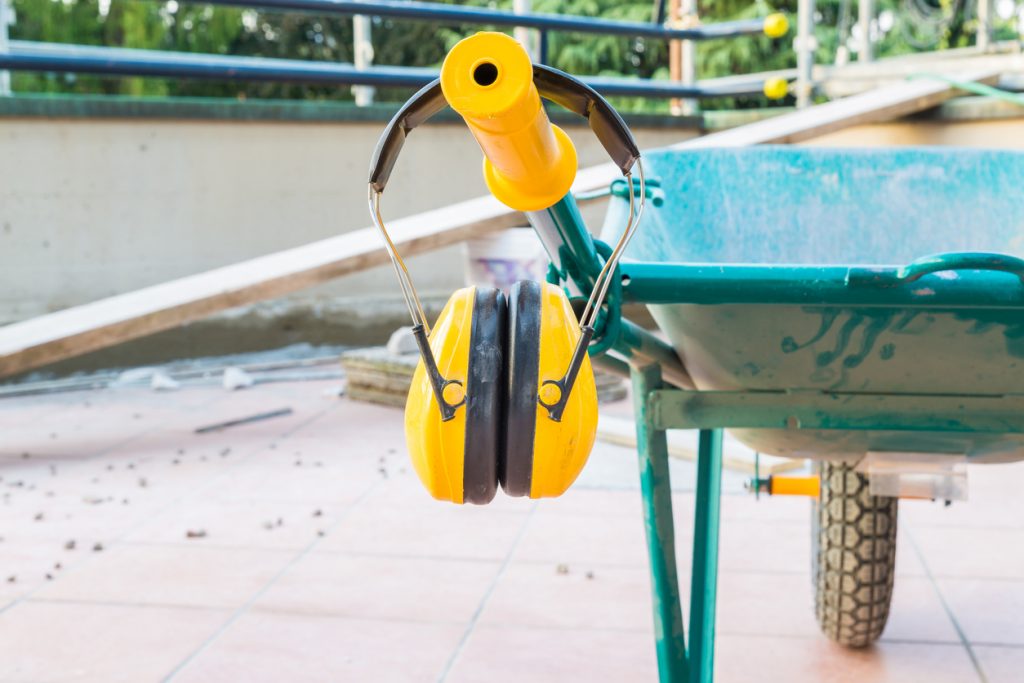
Educating Workers
The first step in your hearing conservation program is educating your workers. As an employer, you must ensure that your employees understand the dangers of excessive noise exposure, how to tell they are being exposed to loud noises, and what they can do to protect themselves from hearing loss.
Measuring Sound Levels
Next, you must measure the sound levels in your workplace. To do this, a suitable individual, with sufficient training, must go through all worksites on your property and assess the level of noise. This involves using a properly calibrated, sufficiently sensitive audiometer per the requirements of CSA Standard Z107.56-06 Procedures for the Measurement of Occupational Noise Exposure. Typically, you begin with the areas where you must raise your voice to be heard and understood.
Posting Signage
After you identify the areas that require hearing protection, you must post signage declaring them as such. This signage must be placed at all entrances to the loud areas, as is suitably possible.
Controlling Noise Exposure
Once you post signage for all employees and contractors, the next step is controlling the noise exposure of workers who must work in these loud locations. In some cases, this means limiting their time in the area, but it can also mean looking for quieter equipment or making hearing protection available.
Conducting Audiometric Tests
To track the level of hearing loss (If any) of your workers, you must conduct annual audiometric testing for all exposed workers. You must do this testing with trained, qualified and suitable testing equipment and technicians. The best hearing conservation programs hire outside audiometry testing companies to perform this task.
Making Hearing Protection Available
Finally, you are almost ready to work in the loudest areas of your premises again. However, before that, you must find and make available hearing protection that effectively diminishes the worker’s exposure. This may take the form of muffs, plugs or even custom hearing protection.
Reviewing the Program Annually/ Monitoring Sound Levels
Now that you have a hearing conservation program that meets the standards and requirements of Alberta Occupational Health & Safety, there is only one step left. An annual review of said program. This is your opportunity to analyze and change any parts of your program that are ineffective. Remember, if your processes change, you must also reevaluate all affected policies and procedures.
Rocky Mountain Mobile Hearing Testing is your locally owned and operated Calgary business. We are committed to providing mobile hearing testing services and other safety tests, to numerous industries and companies in Western Canada. Our services are part of the WorkSafeBC Provider Network, while our sound booths are approved by the CSA. We offer audiometry testing, mask fit testing, custom earplugs, noise measurements, help with implementing a hearing conservation program, and spirometry testing. If you want to improve your workplace, leave it in the hands of our team. Contact us today on (403) 399-4775.
